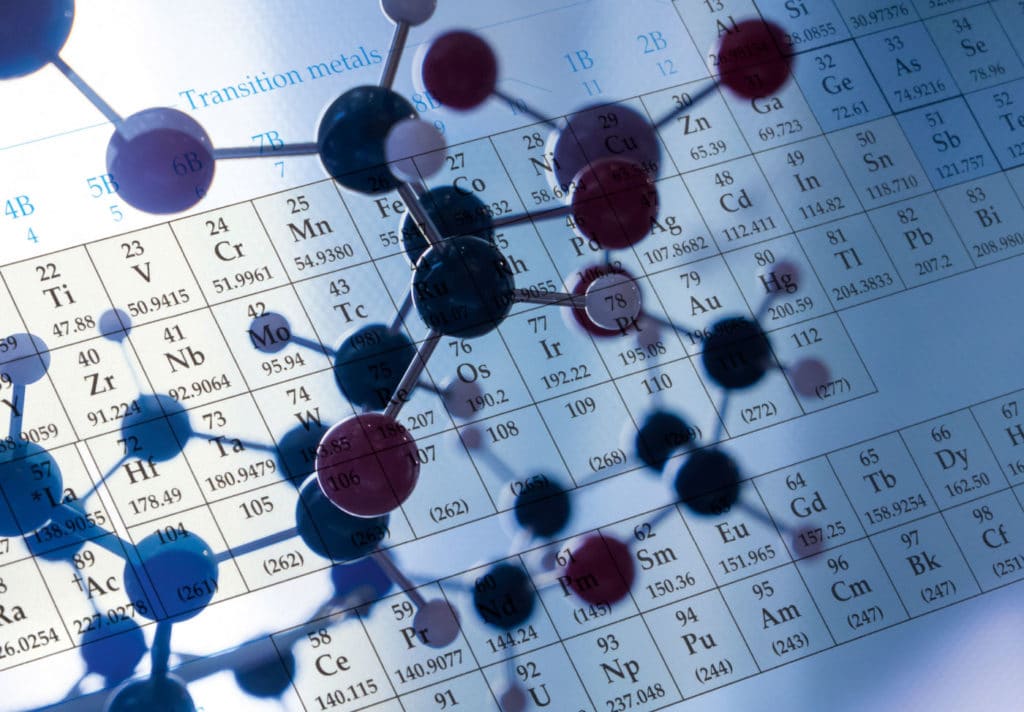Tag: transition metals
Designing catalysts bit by bit

Catalysis, using reagents to speed up chemical reactions, is big business. From synthesising new chemicals to cleaning up the exhaust fumes from cars and sustainable energy devices such as hydrogen fuel cells, catalysts play a huge role in our daily lives. Prof Roy L. Johnston and Dr Francesca Baletto at the University of Birmingham and King’s College London respectively are using novel computational approaches […]
Configuring new bonds between first-row transition metals

Transition metals are some of the most important elements in the Periodic Table for their wealth of applications, spanning catalysis to biology. The rich chemistry of the transition metals arises from their remarkable ability to form multiple chemical bonds, a process that is still not fully understood and remains a major challenge in fundamental chemistry. Professor Connie Lu at the […]
Read More… from Configuring new bonds between first-row transition metals